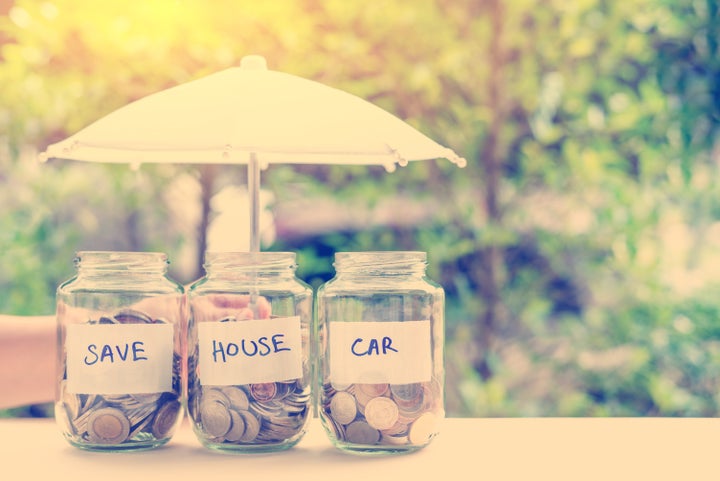
Growing up, you can be slightly oblivious to the subtleties of how you are marketed to depending on your gender. Greta Gerwig recently pointed out that little girls have padlocks (and a little key) on their diaries, whereas little boys are given journals to write in. You could be led to believe that this subconsciously makes girls think their thoughts and words should be locked away and kept hidden, whereas boys are encouraged to write things to be read, and therefore believe their words are worthier of being shared or taken seriously. These things seem very small, but the way girls and boys are spoken to can be a starting point (and warning sign) for ways we are boxed in later on in life too.
Looking back, I can spot some of the money messaging I was exposed to, in books and magazines. I grew up reading the Shopaholic books for starters, then watched Sex and the City boxsets (full of spending-sprees!) and Bridget Jones made it okay (maybe even cool) to spend more than you earn. These were some my cultural references. My current pet peeve are the plastic disposable pink razors on sale to women, whereas men get sturdy mental razors that last longer and are a better use of one’s money. We are encouraged to buy buy buy, and buy some more.
I wonder how much of my own money worries come from this subtle messaging. I wonder how much of my past spending habits come from feeling like I am not enough. I wonder how much of it has come from not ever reading proper advice on getting a handle of my finances.
And what about the magazines we read now? According to the research for #MakeMoneyEqual, a campaign launched by Starling Bank, the linguistics and semantics of articles differ massively between women’s and men’s magazines. For women, money is still often portrayed as a “minefield” and for men it is all about “opportunity” and being the man of the house. Sounds like something you might read in the 1950s, not 2018.
It really matters how we are spoken to in the media. The #MakeMoneyEqual research found that women are often portrayed as being distressed, with an empty piggy bank, feeling out of control. Men’s magazines portray money in an overtly masculine way, with a focus on strength and power. It has a focus on the individual too (how to avoid divorce, how to avoid women who are financial leeches). It is shocking how poles apart these messages are, in a world where we are trying to achieve equality in the workplace.
I think it can be so dangerous to associate money habits with any sort of boxed-in gender stereotypes. Men shouldn’t have to suffer under huge money pressures of “being a man” and women shouldn’t be spoken to like they are naturally bad or inept with money. The research shows how deep-rooted these assumptions still are and how they are being subtly perpetuated in the media we leisurely consume. The quicker we are freed up from these social constraints and stereotypes the better.
A new online magazine launched a few years ago called The Financial Diet. It is not targeted at one gender specifically and it’s full of personal, honest and raw anecdotes. It’s also something I feel like I’ve waited my whole life for: it covers investing, budgeting, relationships, career planning, debt, travelling all through the lens of being better with money.
It’s almost become a buzzword in the media to talk about empowering women, but when I think about genuine empowerment and taking up space in the world, money is the topic I feel most drawn to right now. Money is power and freedom and choice, but still feels like a strangely taboo topic. Money is tied up in so many emotional and physical elements of our lives, and yet we hardly talk about it. Money is a still a huge feminist issue.
If we want to talk about genuine empowerment, let’s start helping everyone feel better when it comes to their personal relationship to money.